There is a fine line between a dog having an acute case of separation anxiety and an acute case of boredom, especially for puppies. You need to make sure that your dog is getting an adequate amount of exercise before you leave it for a period of time. Consider a 15 to 20 minute walk, fetch session, or playtime as an absolute minimum. Beyond the puppy stage, most dogs will function ?and behave ?best with about and hour and a half of physical activity each day.
When you are away, also ensure your puppy has something to do ?chew toys, rawhide treats, or even their favorite slimy ball. If it抯 at all possible, and your dog does not habitually bark or growl at passing people or dogs, give your dog a view so they can watch the world pass by when they can抰 be romping around in it.
You also need to rule out any sort of medical condition first; for example, a physical condition may be the main cause of the toilet accidents, and a neurological condition could be the real source of the anxiety, especially if it occurs at times outside of your absences.
Finally, you MUST puppy-proof your home. This means making sure all garbage containers are sealed off and inaccessible. Any food on your kitchen counter is cleared away (you抎 be surprised at how agile dogs can be when no one is watching). Any household items that are at risk should be put away.
There are items that you can抰 protect easily, such as doors and carpets. If you do return home to find these damaged, remember that they are repairable and replaceable. You should never punish your dog after the fact. They will not associate the punishment with the crime. And the fact that they may now also fear the one person they抮e longing for, it will make their separation anxiety much much worse.

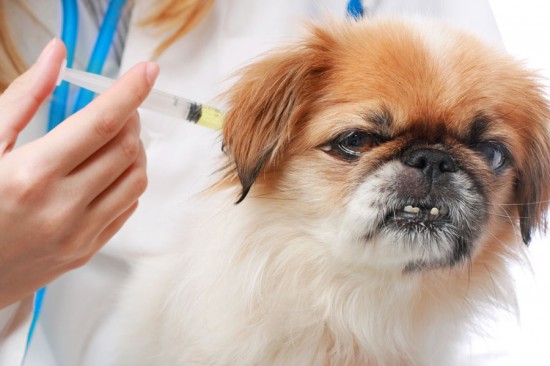 Canine Inoculations - Necessary Or Not?
Canine Inoculations - Necessary Or Not?
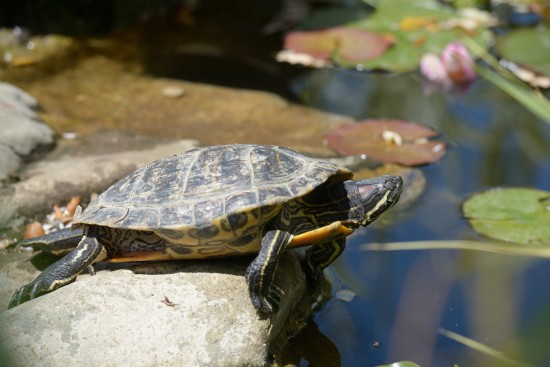 Keeping Turtles In An Outside Pond In The Uk
Keeping Turtles In An Outside Pond In The Uk
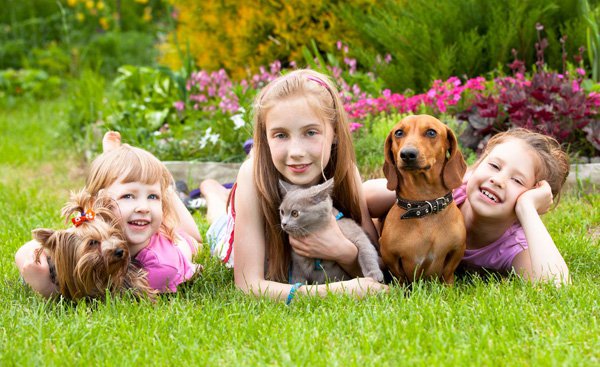 What should you consider before buying rabbit hutches?
What should you consider before buying rabbit hutches?
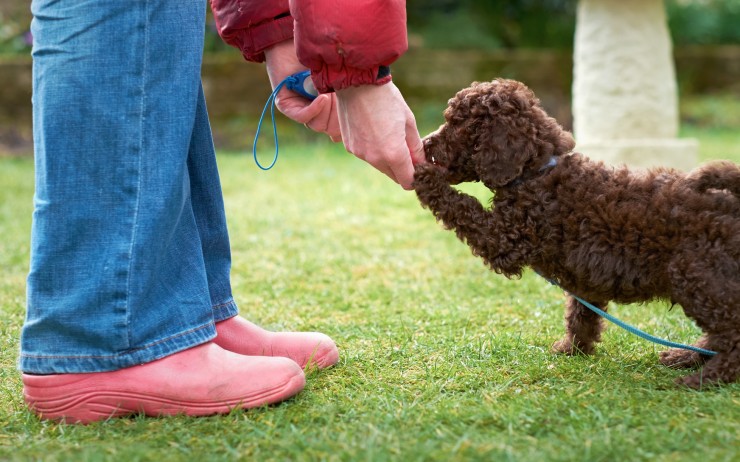 Five More Dog Training And Handling Mistakes To Avoid
Five More Dog Training And Handling Mistakes To Avoid
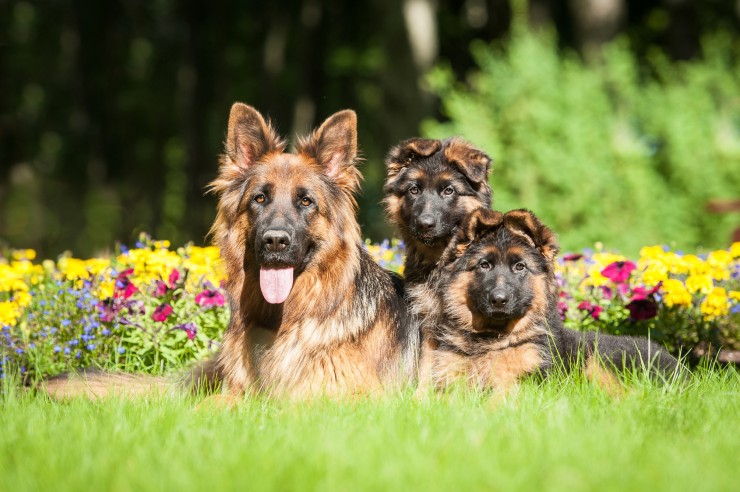 How You Can Help To Safeguard Animal Welfare When Finding A Dog Online
How You Can Help To Safeguard Animal Welfare When Finding A Dog Online
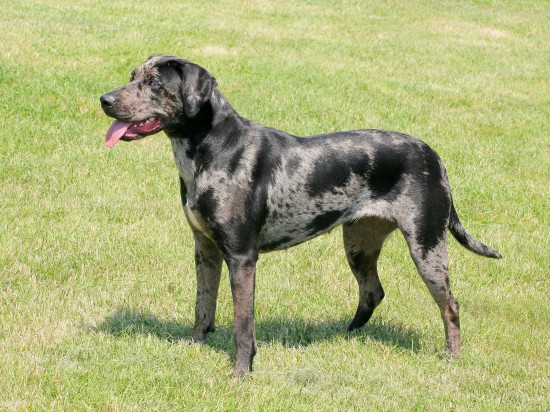 All About The Catahoula Leopard Dog Breed
All About The Catahoula Leopard Dog Breed